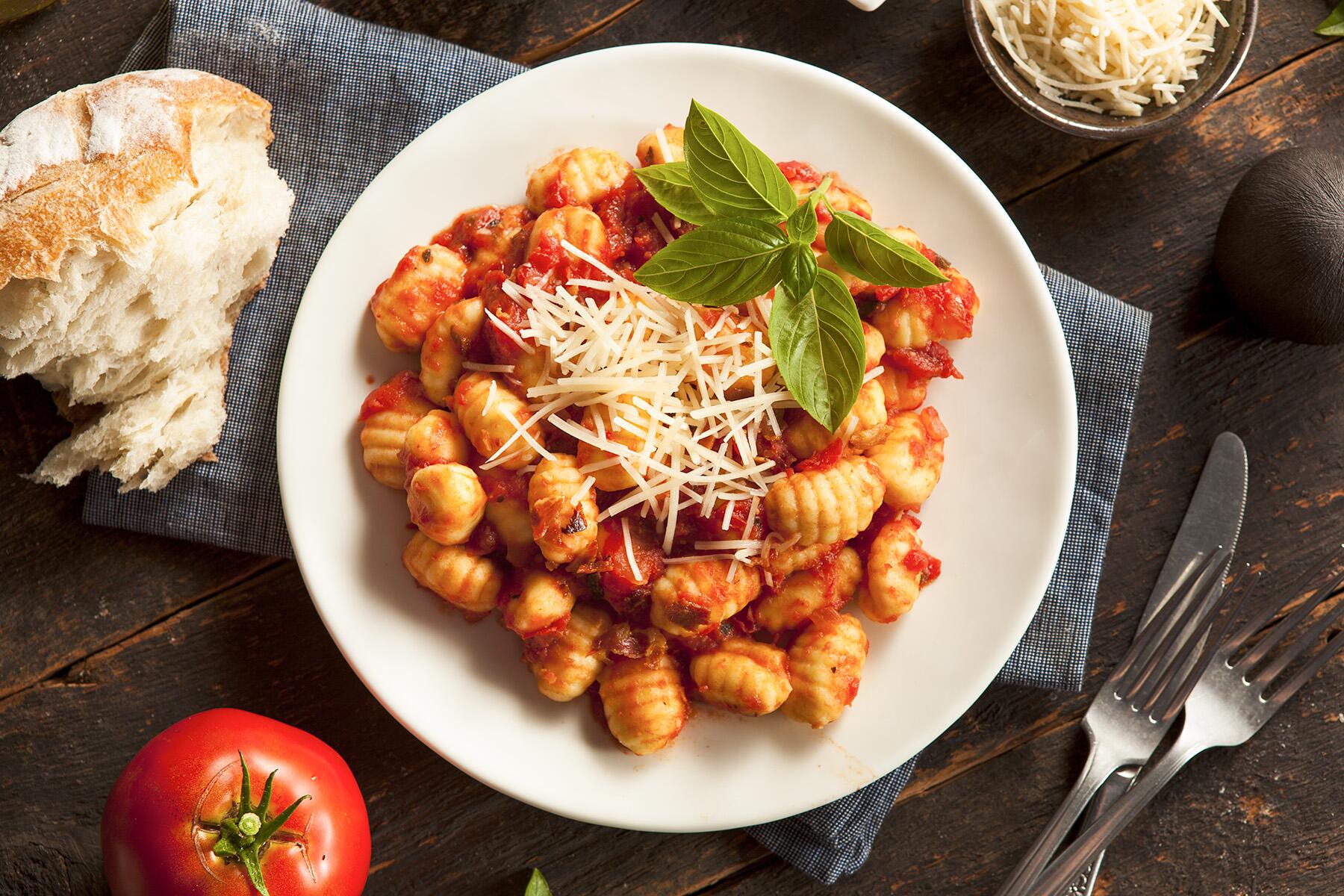Never stick your chopsticks upright in a bowl of rice.
The world has finally embraced dim sum, and I couldn’t be happier. Back in the ’80s when my parents immigrated to London and opened up a Chinese restaurant, dim sum was a foreign concept that freaked my pals out in school. Growing up, I’d take the tube into Chinatown every weekend, gather with extended family members at around 11 am and over a lazy Susan, we’d share a huge array of dumpling parcels, some steamed, some fried, accompanied with rice or noodle dishes for a more “complete” meal.
Of course, copious pots of Chinese tea would join them. Fast forward a few decades, and dim sum is absolutely everywhere: Din Tai Fung’s as recognized as a Wolfgang Puck eatery, Gen-Z’s Tik-Toking dim sum brunch, and Chinatowns become a heavyweight tourist attraction. For beginners who want to eat dim sum the traditional way, here’s every step you need to know to do it right.

Select a Good Chinese Restaurant
Want good Chinese food? Follow the Chinese community. My parents are fiercely loyal to restaurants, and mom’s been to Chinatown’s Golden Phoenix so many times she has her own table. She and the older generation are all about good value and quality dumplings, but Chinese Millennials like myself also consider presentation and ambiance, which you’ll generally need to visit trendier establishments for.
Recommended Fodor’s Video
My general rule of thumb is that they should have a high concentration of Asian clientele across all ages, and you should be able to see chefs making the dim sum from the window out front. That way, you know the dumplings are made fresh on-site, and they’re good enough to entice discerning locals.
Restaurants I steer clear of include ones with Instagrammable neon slogans, Maneki cat-shaped cocktails, buffet dim sum, and card readers that accept Amex (I’ve never met a Chinese grandma who pays with Amex).

Order for the Whole Table
At traditional dim sum parlors, you’ll get a checklist menu and pencil on your table. Simply fill in with an “X” and hand it to the waiter, who’ll put a line through each order as it arrives. There may be trolley ladies who’ll also come by with items you might not have thought to order (this is especially common in Hong Kong and also at my favorite Manhattan Chinatown restaurant, Golden Unicorn).
If you choose from their carts, they will hand the hot items over immediately, and you’ll need to surrender your checklist so they can make additions to the bill. These days, it’s more common for dim sum to be ordered à la carte, and in some places, there are dim sum set menus. Whatever the style, dim sum is designed to share, so do consult with the party and order on behalf of the whole table. In terms of portion size, start with three to four plates per person, adding more later depending on hunger.
Mix the Staples With Adventure, and Add a Side of Carbs
Anyone who has had dim sum will know of the table staples, like siu mai (pork and prawn open dumplings), char siu bao (barbecue pork buns), and Cheung fun (rolled rice noodles). But the point of sharing and sampling is mixing the known with the new. If your table has never tried taro croquettes, radish cake, ginger scallion tripe, or fried chicken feet, then now’s the time to experiment.

Those items are nothing new for Chinese families, though, so they venture to five-star hotels on special occasions to peruse more “mysterious” items. For example, pear dumplings at Chinese Cricket Club or steamed lobster parcels with caviar at Canton Blue. Don’t forget to offset all that meat with some vegetables and/or carbs, such as veggie egg fried rice or Shanghai noodles.
Pick up and Eat From Different Ends of Your Chopsticks
Chopstick etiquette’s key rule is not to let the ends that touch your mouth be used on communal dishes. So, when picking up a pot sticker from the center of the table, turn your chopsticks upside down to pick it up, drop it on your individual serving bowl, and then turn it back to feed yourself. For big dishes, there may be a separate set of serving chopsticks. In addition, never stick your chopsticks upright in a bowl of rice while you tend to something else. It’s bad luck in Asian cultures, resembling funeral customs.
Dip One Sauce at a Time
A few sauces are often placed tableside, so do ask your waiter what each of them is, as you should only be dipping one dumpling at a time. Never double dip in two separate sauces. Most restaurants will present an assortment without you asking, comprising soy sauce (the most popular), ginger and vinegar sauce (best with Xiaolongbao), and chili sauce or oil. If you’re into hoisin, sesame, or any other Asian dipping sauce, you’ll need to put in a specific request. However, sauces like those tend to overpower dumplings. Remember, they are already packed with flavor, and a light dip is simply to enhance. Use sparingly.

Pair With Tea
“Yum cha” literally translates to “drink tea,” and so make sure that’s your drink of choice (liquor and soft drinks can be consumed alongside if you must). In most parlors, the default brew on the table will be Jasmine. However, I encourage you to try Oolong, a lighter leaf that allows you to appreciate the complexities of the dim sum between bites, or Bo Lay, which has a richer and more earthy taste that cuts through oily fried dim sum better.
In fancy hotels and restaurants, you may be thrown off by a huge tea range. Premium green is the safest bet here, such as Mariage Freres’ Fuji-Yama, which helps you feel clean whilst indulging in a heavy meal.
INSIDER TIPWhen you’re dining with Chinese elders, it’s common to pour in order of age from the oldest guest down before serving yourself last. For a refill, remove the teapot lid, and the server will know you need a top-up of water.

There’s No Need to Save Room for Dessert
Dessert isn’t as big a deal in Asian culture as it is in the West, so you needn’t save room for pie. Some sweet items may even come out during savory courses—anything in a puff pastry, for example—and even the obvious desserts, like the steamed custard buns or the sesame balls, are small in size and not too sweet.
Choose the dan tat (Hong Kong-style egg tarts) for a sweet more satisfying. Just note that dessert is generally low on the list of priorities when it comes to authentic Chinese dim sum, and that means all the more reason to feast harder on the main event!






I mean, maybe save a little room for the pastry shop a couple doors down. Some custard buns, egg tarts, taro or ube... oh man that's good